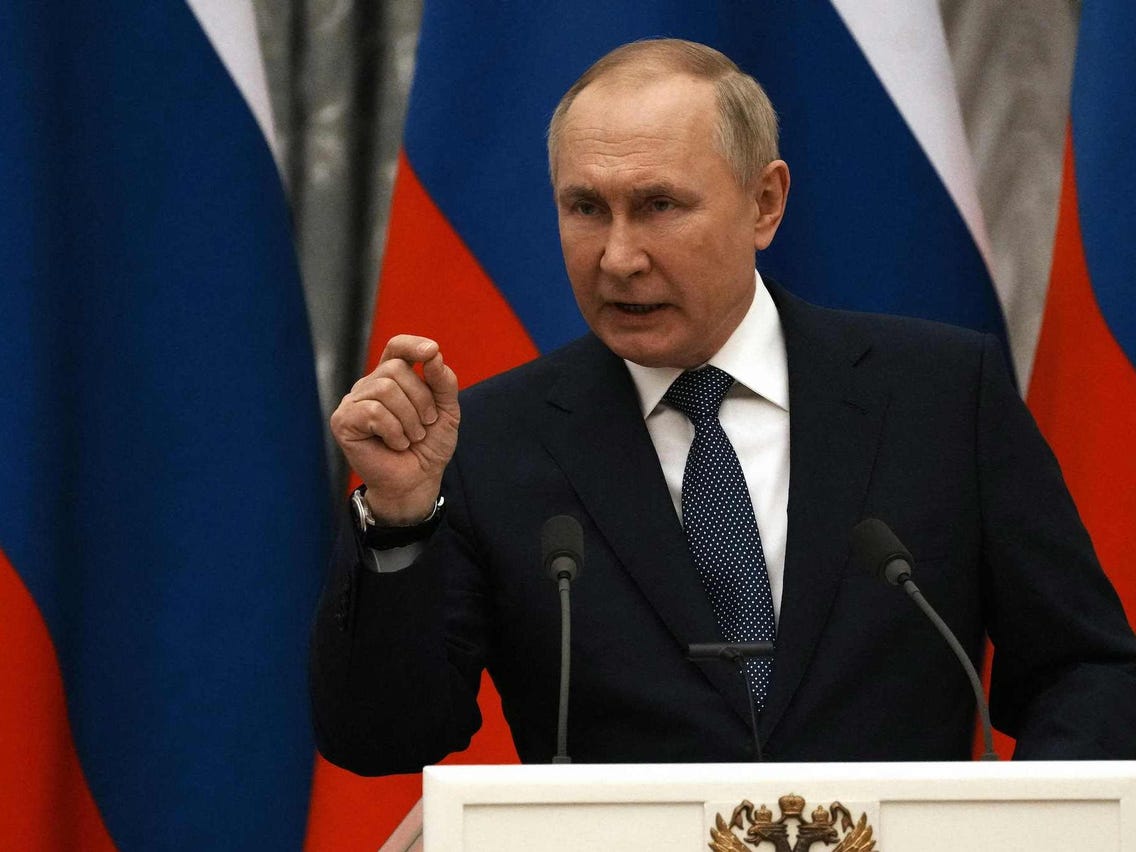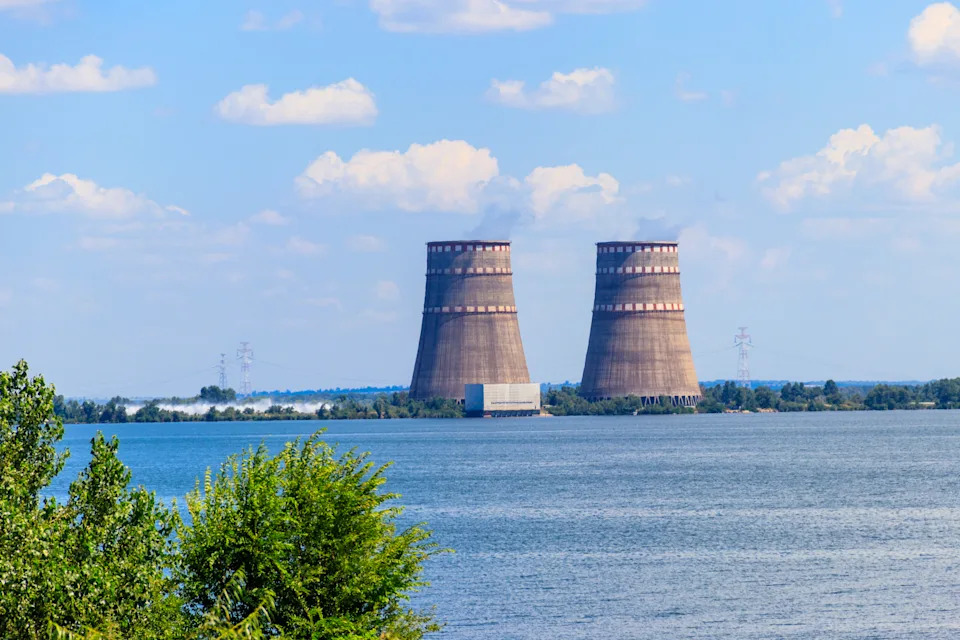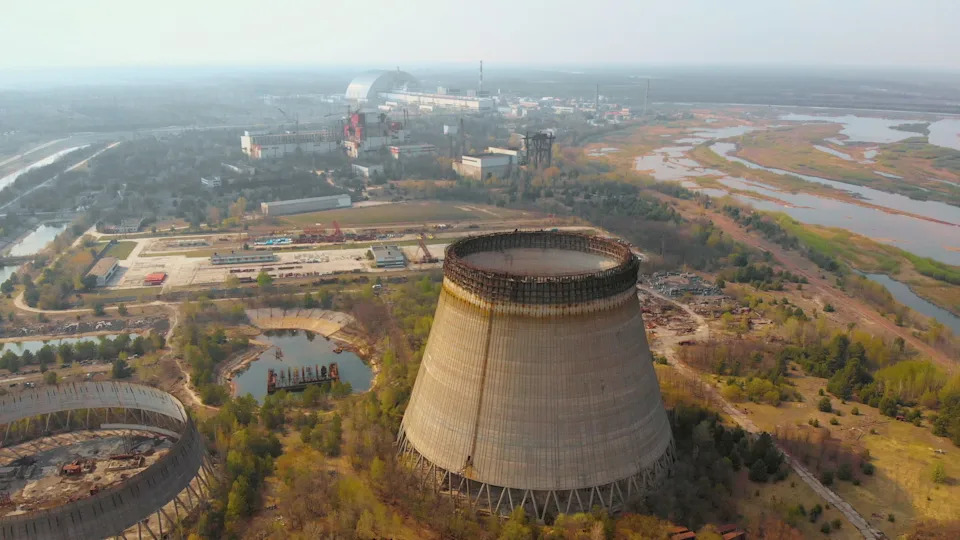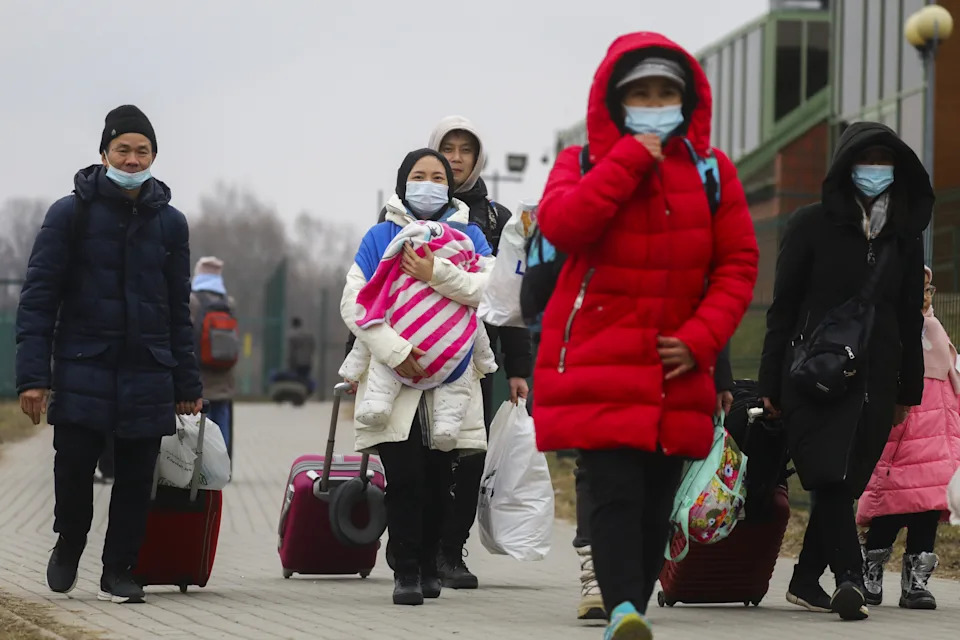Politics
Why Russia attacked Ukraine’s largest nuclear power plant
Why Russia attacked Ukraine’s largest nuclear power plant

Much of the world reacted with shock and horror on Thursday evening when news broke that Russia was shelling Europe’s largest nuclear power plant as part of its assault on Ukraine.
The unprecedented attack drew condemnation from government officials in Ukraine and its Western allies. “We are issuing a warning, no country has ever shot at nuclear blocks except for Russia,” Ukrainian President Volodymyr Zelensky said in a video statement. “For the first time ever in our history, in the history of humankind, the terrorist country has reverted to nuclear terror.”
U.K. Prime Minister Boris Johnson said Russian President Vladimir Putin’s “reckless actions” could “directly threaten the safety of all of Europe.” President Biden called on Russia to cease military operations around the site.
For those wondering why the attack occurred, what made it so risky and what its possible repercussions are, here’s an overview of the key facts.
When and where did the attack occur?
The Zaporizhzhia nuclear power plant is in the city of Enerhodar in southeastern Ukraine. The Russian military shelled the facility early Friday morning local time.
After several hours of fighting, Russian troops reportedly took control of the plant.
Did it have any catastrophic consequences?
Fortunately, no — at least not yet. The building hit on the site was not a nuclear reactor, and the fire the shelling started was extinguished within hours.
“It appears that [Russia] wanted to seize that facility, but they weren’t trying to destroy a nuclear power plant,” Matthew Bunn, a nuclear policy expert and a professor at the Harvard Kennedy School, told Yahoo News. “They weren’t shelling the reactors themselves; they were having a firefight outside the facility with the Ukrainians.”

Why did Russia attack the power plant?
Russia has launched a full-scale invasion of Ukraine with the stated aim of removing its government. As part of that, it apparently wanted to take control of Ukraine’s energy generation system, which would give it the power to shut down electricity to millions of Ukrainians. Ukraine gets 25 percent of its power from the Zaporizhzhia plant.
“It’s an obvious strategic target,” Bunn said. “And it’s right on the Dnipro River, which sort of separates Ukraine in two, so it’s quite a strategic location as well. My guess is they were seizing it for that reason and not because they wanted to cause a major radioactive release.”
Is it a war crime to attack a nuclear power plant?
Targeting civilians is considered a war crime, according to the United Nations. The United States and other countries have already criticized the Russian government for attacks on civilian targets in Ukraine, such as bombing apartment buildings. The prosecutor of the International Criminal Court has launched an investigation of possible war crimes in Ukraine.
Attacking a nuclear power plant specifically is also a violation of agreements to which Russia is a party. “The member states of the International Atomic Energy Agency, including Russia, unanimously agreed some years ago that attacking nuclear power plants was a violation of the U.N. Charter and of the statute of the International Atomic Energy Agency,” Bunn said.
Bunn said he would guess that Russia would argue that it didn’t attack the plant, only military forces near it. But, he added, “it was certainly extremely reckless to get into a firefight right outside a nuclear power plant.”

Has Russia shut down power to Ukrainians?
It has not, and experts are unsure as to why. This is actually the second nuclear power plant in Ukraine that Russia has seized. The first was taken a week ago, when Russia occupied the Chernobyl nuclear power plant in northern Ukraine. That facility was the site of a meltdown in 1986, causing a massive radioactive release that led to an estimated 20,000 cases of thyroid cancer.
Chernobyl is still in operation. However, Russia seized it only through the use of ground forces; no bombs were involved.
“At the moment, as with the Chernobyl site, we have this odd situation where the Russians are in charge of the facility overall, but the Ukrainians are continuing to operate the reactor systems,” Bunn said.
What are the risks of an attack on a nuclear facility?
If a bomb hits one of Zaporizhzhia’s six nuclear reactors, it could cause an explosion or trigger a meltdown that spreads radioactive material far and wide. Even if a bomb doesn’t directly hit a reactor, nuclear reactors are delicate structures that need to be operated and maintained carefully to avoid accidents, which could be difficult if they turn into battlegrounds, experts say.
“These plants were not designed to be able to withstand the kind of damage that might result from a military attack,” Ed Lyman, the director of nuclear power safety at the Union of Concerned Scientists, told Yahoo News.
If any sort of meltdown occurs, residents of surrounding communities could be exposed to dangerous radioactive material. “You could have explosions or other events where the containment structure of the reactor is breached and radioactive material gets into the environment,” Lyman said.
Inhalation of radioactive material can be carcinogenic at low levels, and at high levels it can kill someone within days or weeks. It can take decades for radiation to cycle out of the environment.

Has anyone bombed a nuclear power plant before?
“This is the first time an operating civilian nuclear power plant has been subject to military assault,” Bunn said. But, he added, the word “operating” is key. Israel bombed an Iraqi nuclear reactor in 1981, before it began operating. Israel also bombed a preoperational reactor in Syria in 2007. Iran likewise bombed a preoperational reactor in Iraq during the Iran-Iraq War.
What are the ongoing risks?
Aside from the possibility that future fighting at Chernobyl or Zaporizhzhia could trigger an accidental release of radiation, there is the chance that similar battles could occur at other sensitive facilities in Ukraine, such as chemical plants.
“There are other nuclear power plants in Ukraine that are much weaker, in terms of their safety arrangements … [where] a stray shell could do a lot more damage,” Bunn said.
But, he added, the most likely risks to the Ukrainian people are the general risks of war, including that power plants become inoperable.
What are the implications for nuclear power in the United States and Europe?
Nuclear energy contributes vastly less to climate change than the burning of fossil fuels such as coal, oil and natural gas. It is among the cleanest sources of energy, along with solar, wind and (to a lesser extent) hydropower. However, the risk of nuclear accidents makes it more expensive to build and insure nuclear power plants, and fear of those risks increases public opposition to them. The United States essentially stopped building new nuclear plants in the 1970s, and Germany and Japan have been phasing out atomic energy since the 2011 Fukushima Daiichi Nuclear Power Plant accident in Ōkuma, Japan.
While nuclear power plants in these countries are unlikely to come under attack from a foreign government, it is possible that terrorists could target those sites. Both the public reaction to that threat, and the potential added costs of trying to design new nuclear reactors to withstand attack, might hinder any future expansion of nuclear power to combat climate change.

